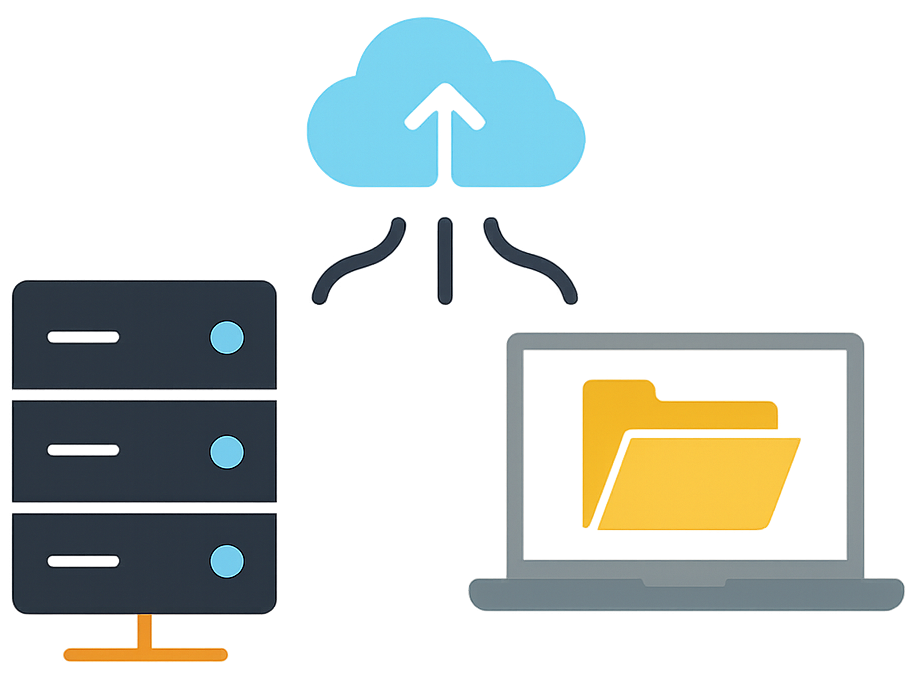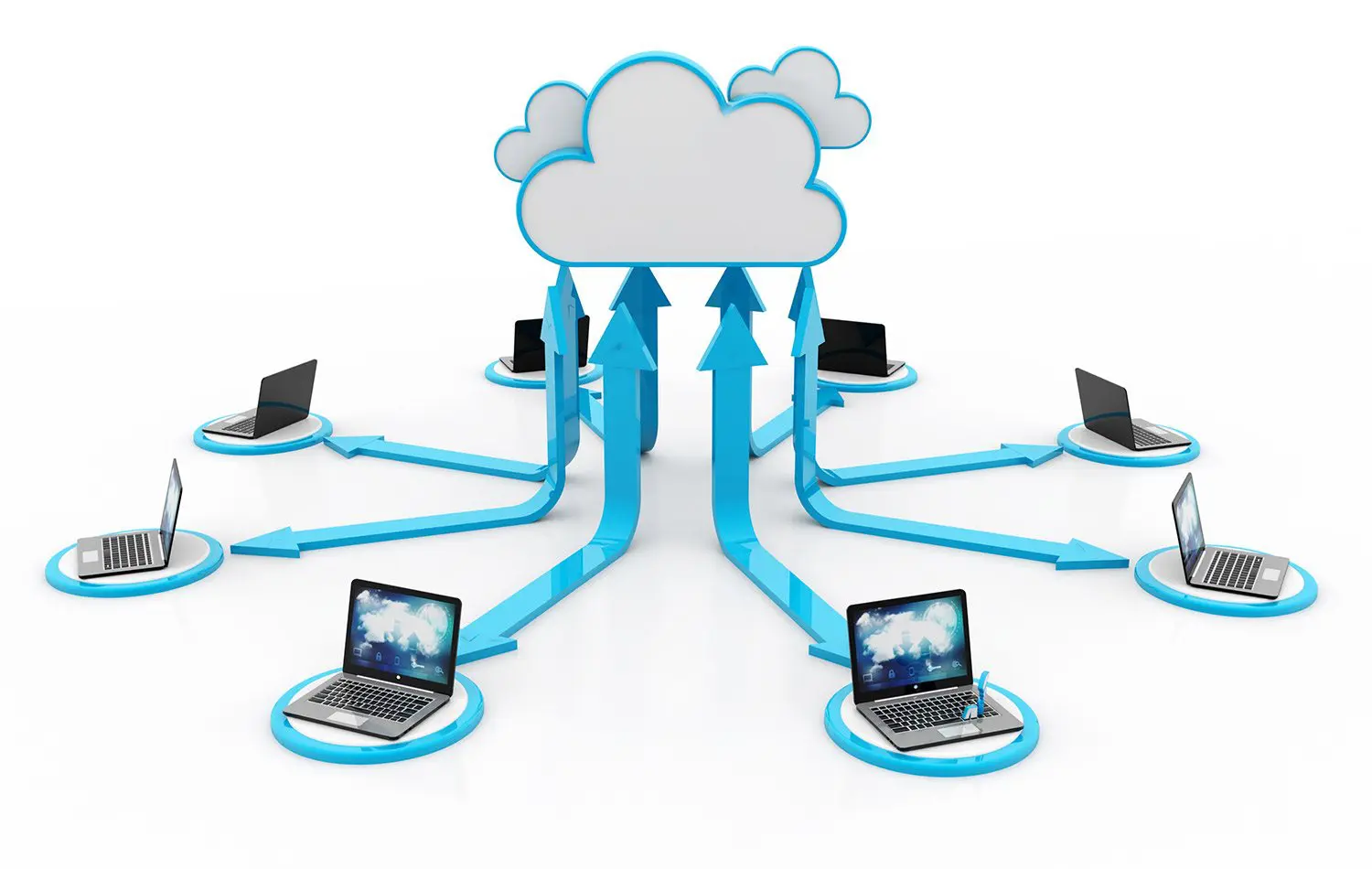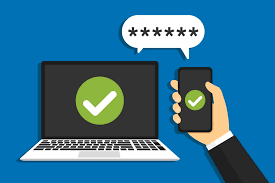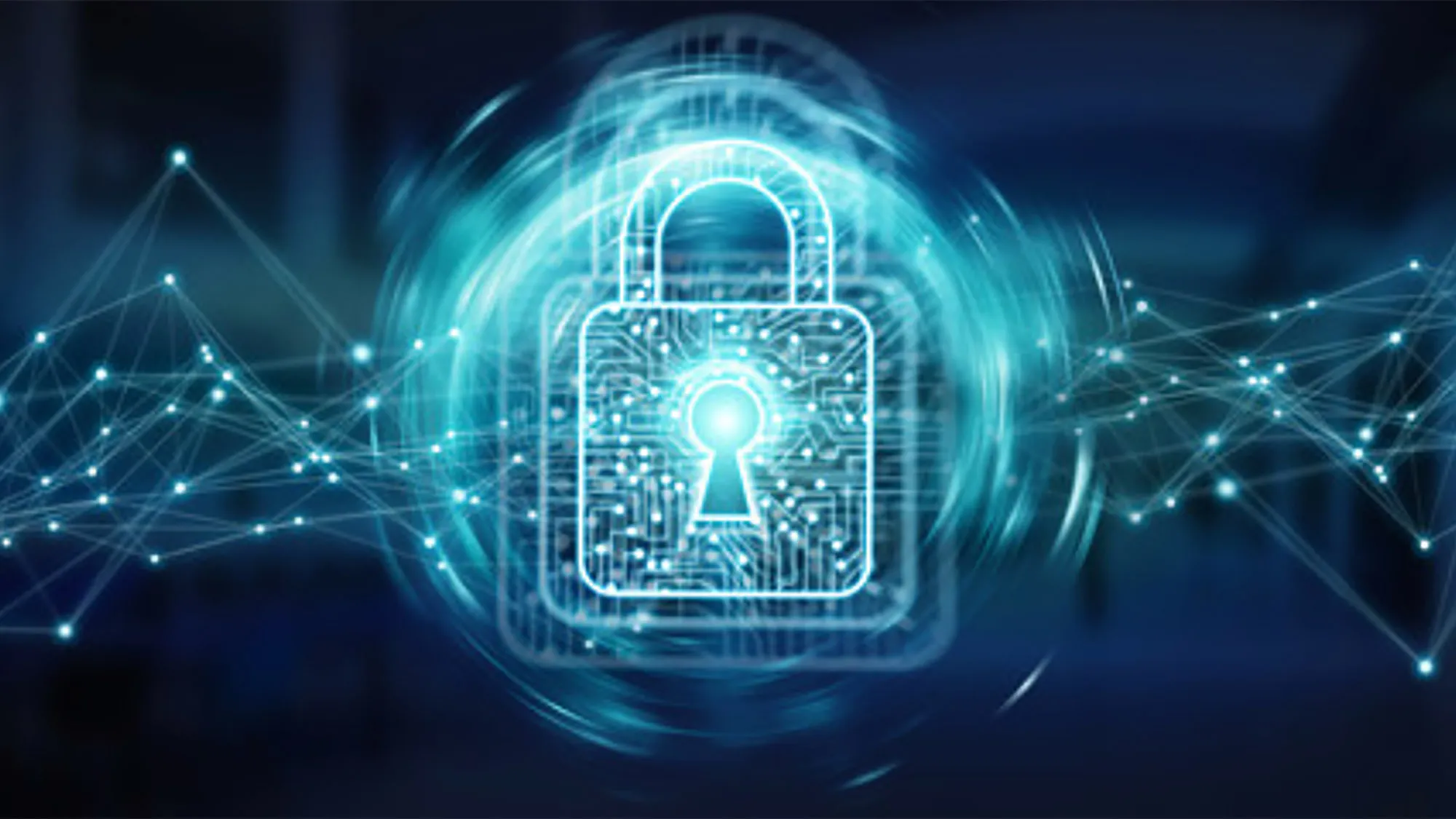Why Secure Remote Access Matters
With the blossoming of Internet-connected devices and digital processes in the modern work environment, many organizations are no longer tied to a single location. Employees can now access corporate resources and networks from a variety of devices and locations.
While this offers many benefits to businesses and their employees, it also makes traditional data security measures obsolete. Old concepts of access control via endpoints and passwords fall short in remote environments because they rely on an employee's physical presence in the office with a set of pre-secured devices.
On the other hand, secure remote access ensures that anyone accessing your file server or network remotely is authenticated and using a secure internet connection. It's basically another layer of security between your users (or employees) and your data. Before a user can connect to your file server, the application that runs a secure remote access policy might check the following:
- Security: Confirms that connected systems have updated antivirus and firewall, that all patches are present, and that no dangerous processes are running.
- Single Sign-On (SSO) measures: Authenticated users can access certain resources with their initial login credentials.
- NTFS Permissions: Existing permissions on your file server will be applied to remote users.








